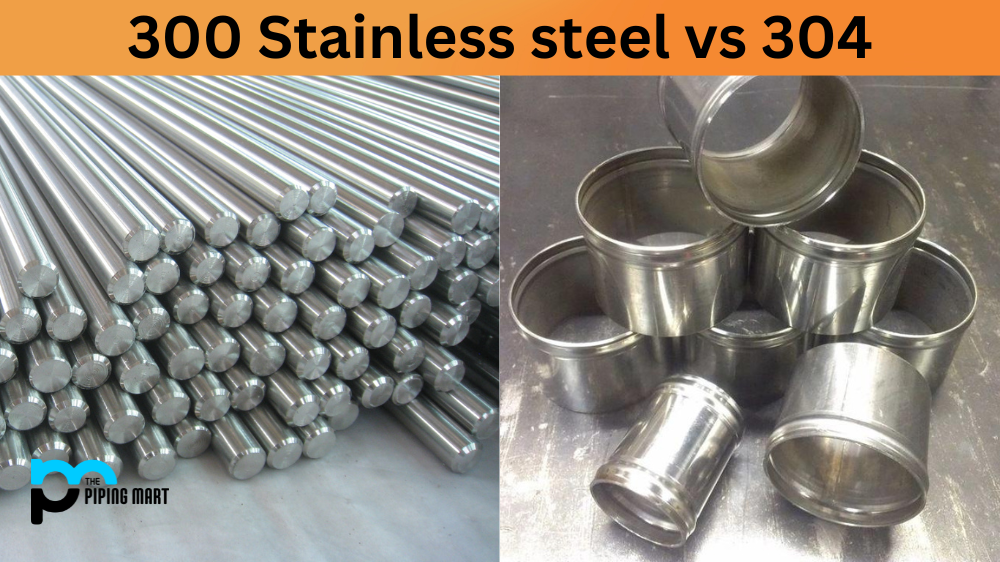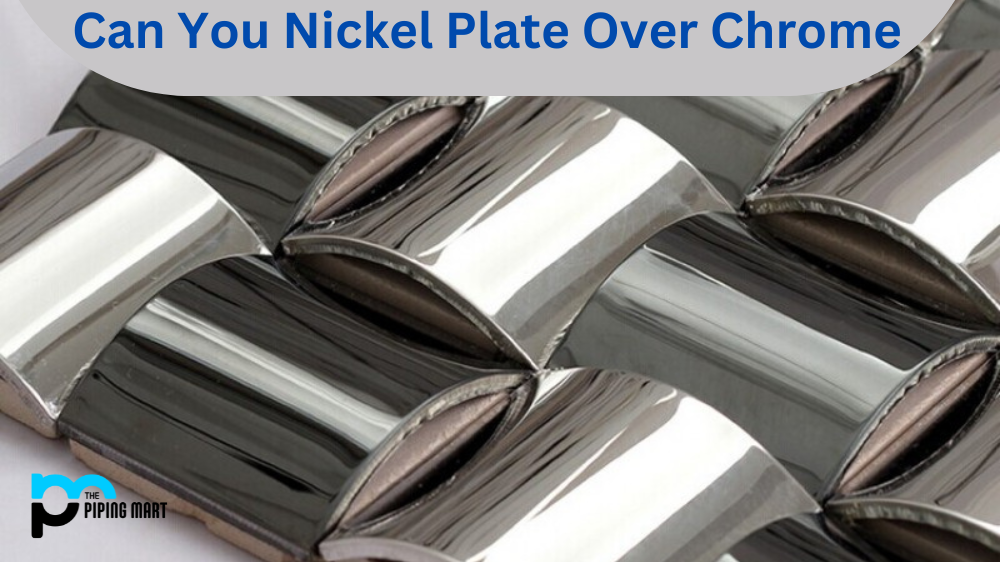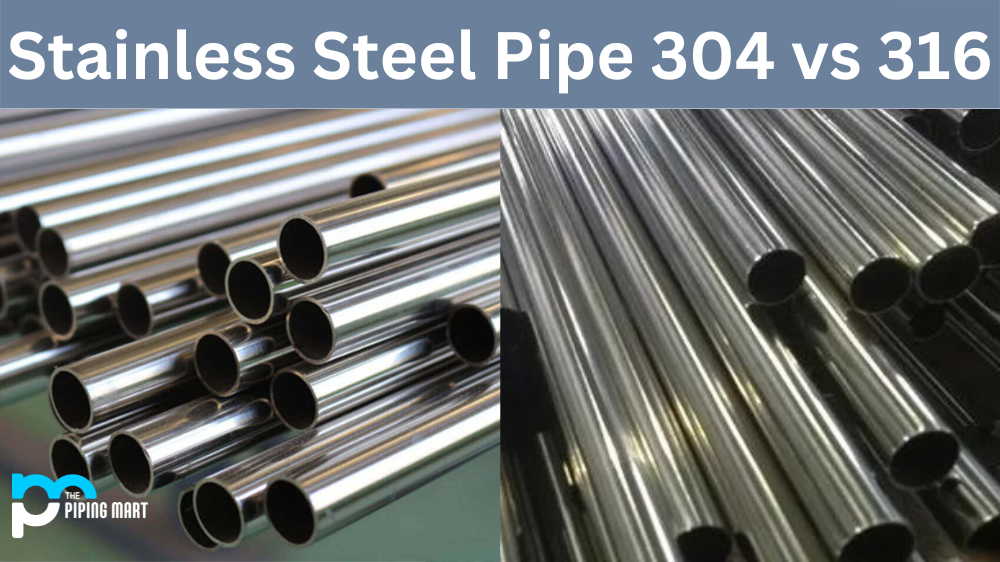Do you know the difference between 300 and 304 stainless steel? If not, don’t worry—we’ve got you covered. Although these two metals are often used interchangeably, they have some distinct differences that make them well-suited for different applications. Let’s take a closer look at how 300 and 304 stainless steel compare.
What is 300 Stainless Steel?
300 series stainless steel is an austenitic alloy composed of chromium and nickel that has been heating treated to increase its strength properties. This alloy is known for its excellent formability, weldability, and corrosion resistance. It is widely used in products such as kitchen utensils, automotive components, medical instruments, and construction materials. It also provides good resistance to oxidation at high temperatures.
What is 304 Stainless Steel?
304 stainless steel is an austenitic alloy made of chromium and nickel with a lower carbon content than other austenitic alloys like 302 or 303 stainless steel. This makes it a great choice for those looking for materials with superior corrosion resistance properties, such as kitchen sinks or outdoor furniture. Additionally, 304 stainless steel offers excellent formability, weldability, and strength. It also provides good resistance to oxidation at high temperatures – making it ideal for many plumbing or industrial applications where hot liquids are present or extreme temperatures may be encountered.
Difference Between 300 and 304 Stainless Steel
The main difference between 300 and 304 stainless steel lies in their composition; while both are made from a combination of chromium and nickel, one contains more carbon than the other does. Because of this distinction, 300 series stainless steel offers better corrosion resistance at higher temperatures than 304-grade material – making it suitable for certain industrial applications such as exhaust systems. Additionally, whereas 304-grade material costs more per pound due to its lower carbon content, it may be worth the extra cost if you need superior weldability properties without compromising on strength or formability characteristics.
Composition
The composition is one of the main differences between the 300 series and 304 stainless steel. 300 series stainless steel contains chromium and nickel, while 304 stainless steel contains chromium, nickel, and manganese. This difference in composition gives each type of stainless steel different properties.
Corrosion Resistance
300 series stainless steel is less corrosion-resistant than 304 stainless steel. This is due to the fact that the chromium content in 300 series stainless steel is lower than that of 304 stainless steel. As a result, 300 series stainless steel is more susceptible to rust and corrosion.
Temperature Resistance
300 series stainless steel is also less temperature resistant than 304 stainless steel. This is due to the fact that the carbon content in 300 series stainless steel is higher than that of 304 stainless steel. As a result, 300-series stainless steel is more likely to warp or deform at high temperatures.
Strength
300 series stainless steel is stronger than 304 stainless steel. This is due to the fact that the carbon content in 300 series stainless steel is higher than that of 304 stainless steel. As a result, 300-series stainless steel is more likely to withstand high temperatures and pressures without warping or deforming.
Cost
300 series stainless steel is more expensive than 304 stainless steel. This is due to the fact that the production of 300 series stainless steel requires more energy and resources than the production of 304 Stainless Steel
Conclusion:
When considering which type of metal to use in your next project or application, it’s important to understand the differences between 300 series and 304 series stainless sheets of steel. Both offer unique advantages depending on your needs; however, when it comes to projects requiring superior corrosion resistance at higher temperatures – such as automotive exhaust systems – then 300 series stainless steel may be your best bet thanks to its higher carbon content compared to that of 304-grade material. On the other hand, if you require superior weldability without sacrificing strength or formability, then investing in a higher quality offering such as 304-grade material could be worth the cost! Whichever option you choose, we hope this article has helped you gain a better understanding of why these two metals are so commonly used in various industries around the world today!

A passionate metal industry expert and blogger. With over 5 years of experience in the field, Palak brings a wealth of knowledge and insight to her writing. Whether discussing the latest trends in the metal industry or sharing tips, she is dedicated to helping others succeed in the metal industry.




